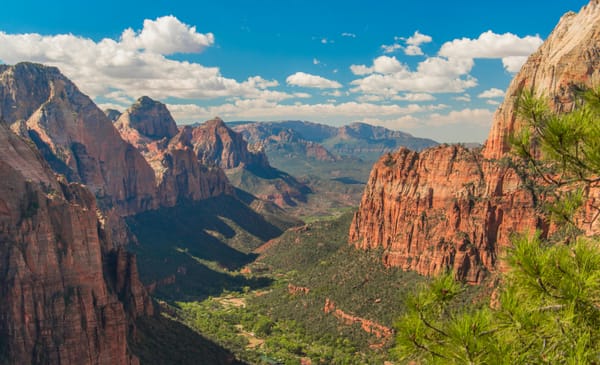Saturday☕️

Economics & Markets:
- Yesterday’s U.S. stock market:
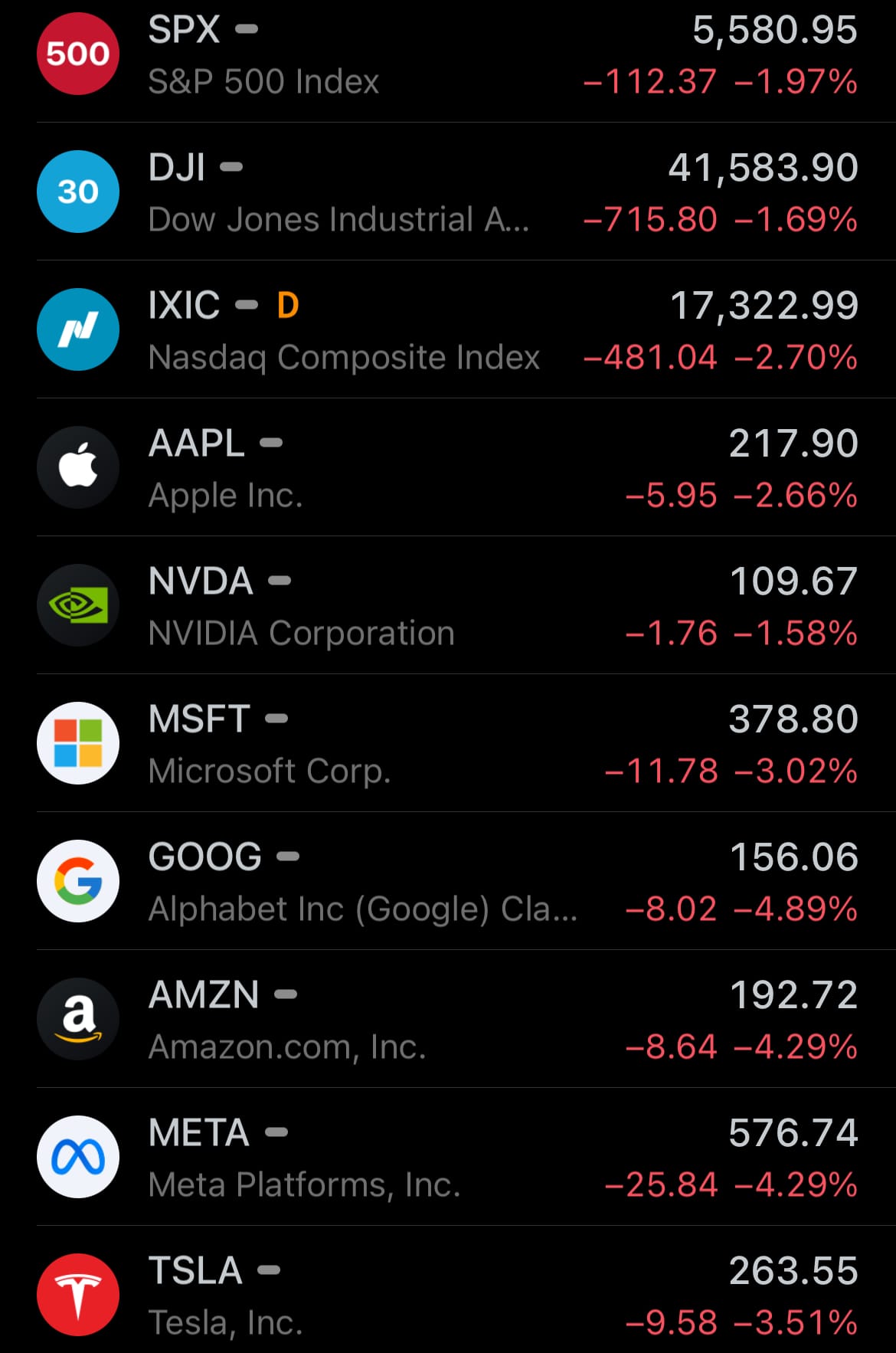
- Yesterday’s commodity market:

- Yesterday’s crypto market:

Geopolitics & Military Activity:
- Yesterday, March 28, 2025, civilian reports from Dnipro, Ukraine, indicate that a strike has hit the Bartolomeo hotel and restaurant complex. The incident has resulted in a large fire at the location, with flames and smoke observable from a distance. As of this date, no official information has been released regarding casualties or injuries, and the situation remains under assessment by local authorities. Dnipro, located in central-eastern Ukraine, has experienced multiple strikes during the ongoing conflict, often linked to its position as a significant urban and industrial center.

- Also on March 28, 2025, local sources have noted the presence of 20 drones in the area, associating the event with an ongoing drone attack. At least 27 explosions have been reported, suggesting a substantial operation affecting the city. The barrage has caused notable disruption, though specific impacts on infrastructure and residents are still unclear. Dnipro’s recurring involvement in such incidents reflects its prominence in the region, though details about this particular event continue to develop as the situation unfolds.
Environment & Weather:
- Yesterday, March 28, 2025, a 7.7-magnitude earthquake struck central Myanmar, with its epicenter located 17 kilometers from Mandalay, the country’s second-largest city. The quake’s effects rippled across the region, with significant impacts felt in neighboring countries. Tremors reached as far as Thailand, Cambodia, Vietnam, and parts of India and China, while a notable 6.4-magnitude aftershock struck the same area just 12 minutes later. In Thailand, the city of Bangkok, about 600 miles from the epicenter, saw severe damage, including the collapse of a skyscraper under construction, highlighting the quake’s extensive reach.
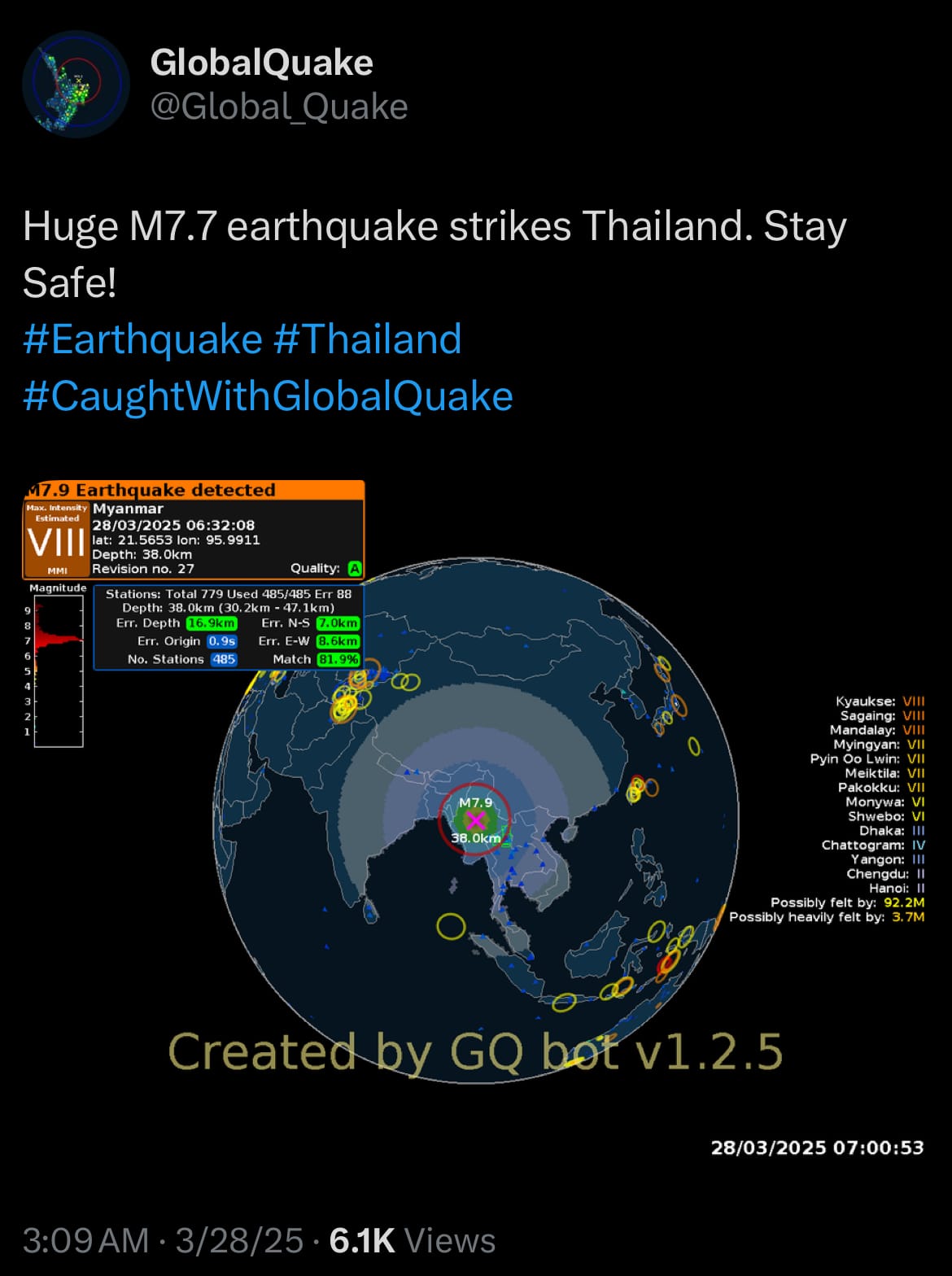
- The epicenter’s proximity to Mandalay in central Myanmar devastated the city and its surroundings, while the quake’s shallow depth of 10 kilometers intensified the destruction across Southeast Asia. In Myanmar, the junta reported at least 144 deaths, primarily in the Mandalay region, with additional infrastructure damage like a breached dam and a collapsed 90-year-old bridge in the area. In Thailand, Bangkok faced chaos as high-rises swayed, and in rural areas closer to the border, smaller towns likely saw unreported damage. The quake’s wide-ranging effects have prompted Myanmar’s government to declare a state of emergency and seek international aid, a rare move amid its ongoing challenges.
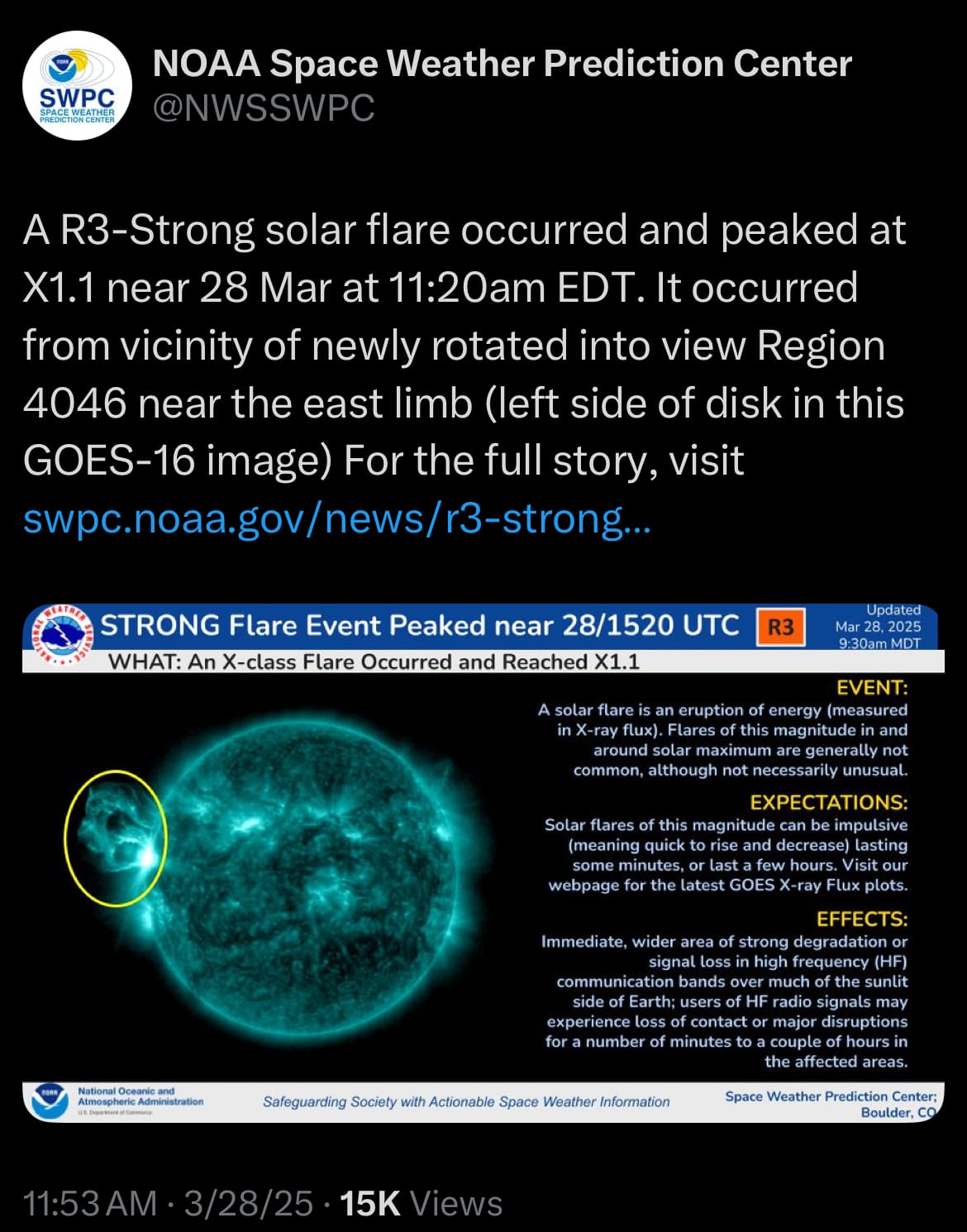
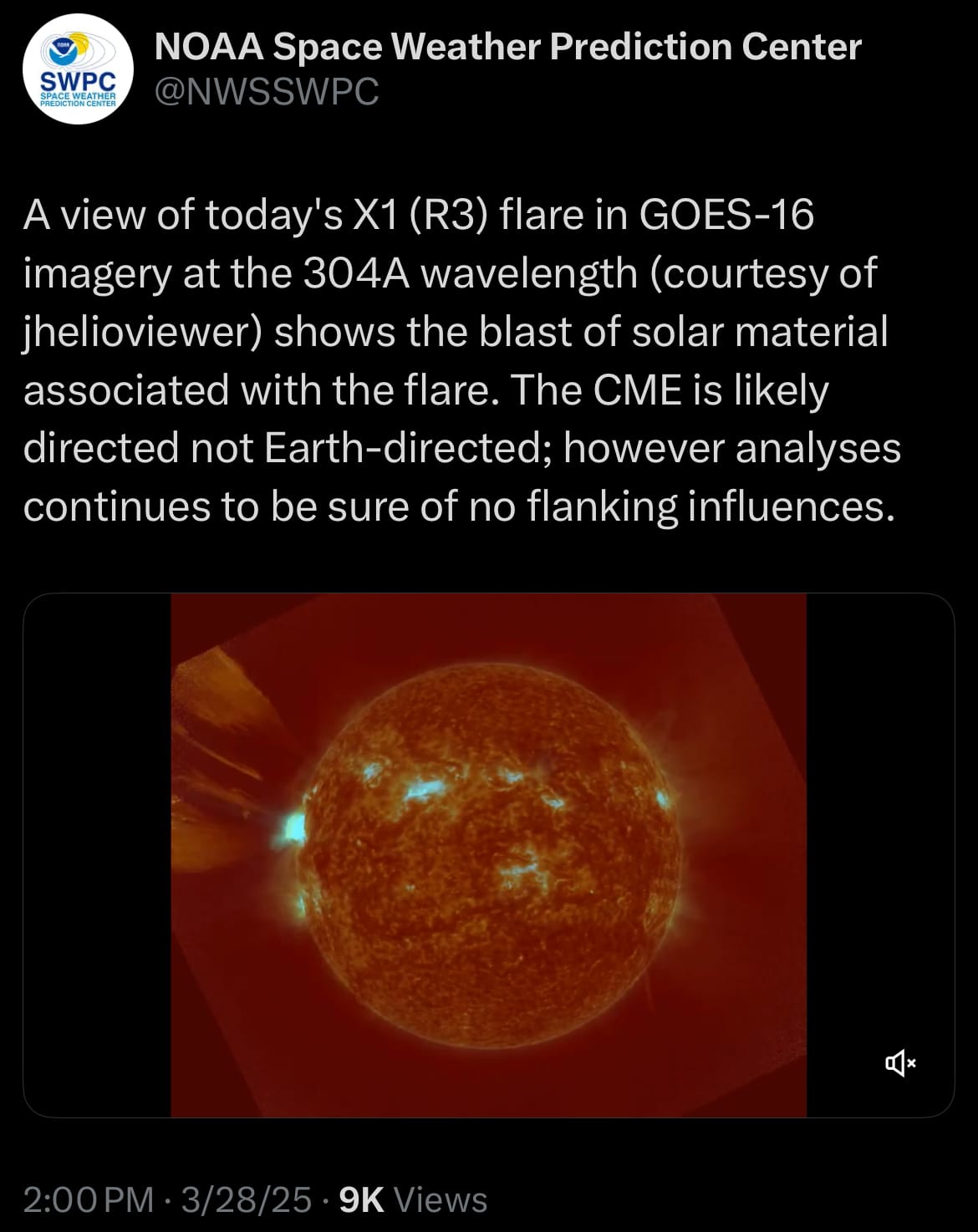
Business:
- Yesterday, March 28, 2025, xAI announced its acquisition of X in an all-stock transaction, valuing xAI at $80 billion and X at $33 billion (after adjusting for $45 billion minus $12 billion in debt). xAI, established in 2023, has gained recognition as a prominent AI research organization, focusing on the development of AI models and extensive data infrastructure. X, meanwhile, has grown into a widely used digital platform, hosting over 600 million active users who engage with it as a source of real-time information and discussion.
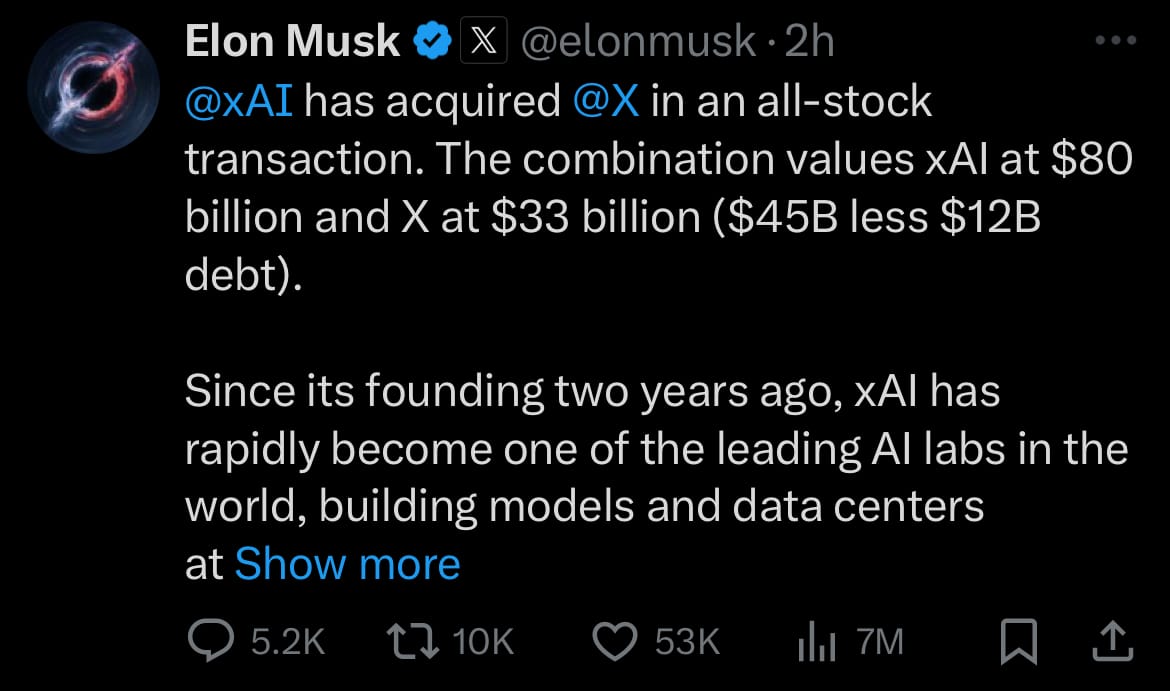
- Elon Musk exerts significant influence over both companies, having founded xAI in 2023 and assumed leadership of X following its acquisition in 2022. The transaction combines xAI’s AI research capabilities with X’s large-scale user data network and streamlined operations, aiming to enhance technological and communicative offerings. The merged company intends to integrate xAI’s technical strengths with X’s broad reach to improve user interactions on a global scale.
Statistic:
- Largest public automakers by market capitalization:
- 🇺🇸 Tesla: $847.71B
- 🇯🇵 Toyota: $239.02B
- 🇨🇳 BYD: $164.16B
- 🇨🇳 Xiaomi: $159.74B
- 🇮🇹 Ferrari: $76.57B
- 🇩🇪 Mercedes-Benz: $59.74B
- 🇩🇪 Volkswagen: $54.20B
- 🇩🇪 BMW: $52.29B
- 🇩🇪 Porsche: $48.52B
- 🇺🇸 General Motors: $46.44B
- 🇮🇳 Maruti Suzuki India: $42.38B
- 🇯🇵 Honda: $40.42B
- 🇺🇸 Ford: $38.52B
- 🇮🇳 Mahindra & Mahindra: $37.40B
- 🇰🇷 Hyundai: $35.55B
- 🇳🇱 Stellantis: $33.96B
- 🇮🇳 Tata Motors: $29.05B
- 🇨🇳 Li Auto: $27.73B
- 🇨🇳 Great Wall Motors: $27.24B
- 🇨🇳 Seres Group: $26.41B
- 🇰🇷 Kia: $26.36B
- 🇨🇳 SAIC Motor: $24.60B
- 🇯🇵 Suzuki Motor: $24.13B
- 🇨🇳 Geely: $21.63B
- 🇨🇳 XPeng: $18.85B
History:
- The history of land-based vehicles begins with the invention of the wheel around 3500 BCE in ancient Mesopotamia, a pivotal moment that enabled the creation of carts and wagons pulled by animals. For thousands of years, these vehicles were the dominant form of land transport, used for agriculture, trade, and military purposes across empires such as Rome, China, and Egypt. The Industrial Revolution in the 18th and 19th centuries radically transformed this landscape. Steam engines, first developed for factories and mines, were adapted for both railways and early road vehicles. Trains—introduced with Richard Trevithick’s steam locomotive in 1804—rapidly expanded across Europe and North America, offering a faster, more reliable means of long-distance transport. Steam-powered road vehicles also emerged but were bulky and inefficient. Meanwhile, innovators began experimenting with internal combustion engines, setting the stage for a transportation revolution.
- Automobiles truly took shape in the late 19th century, when Karl Benz built the first practical gasoline-powered car in 1885. This marked the beginning of a new era in personal mobility. In the early 20th century, Henry Ford revolutionized automobile production with the moving assembly line, drastically reducing costs and making cars accessible to the middle class through the famous Model T. Automobiles evolved rapidly over the next few decades, with improvements in engines, suspension, design, and safety features. Highways and road networks expanded globally to accommodate the surge in car ownership. Specialized vehicles such as buses, trucks, and motorcycles emerged to serve commercial, public, and recreational needs. By the late 20th and early 21st centuries, electric vehicles began to gain traction, driven by environmental concerns and advances in battery technology. Today’s automotive landscape includes hybrid engines, fully electric cars, and early-stage autonomous vehicles, all part of a continuing evolution that began with the simple desire to move more freely across the land.
Image of the day:

Thanks for reading!
Earth is complicated, we make it simple.
Click image to view the Earth Intelligence System:
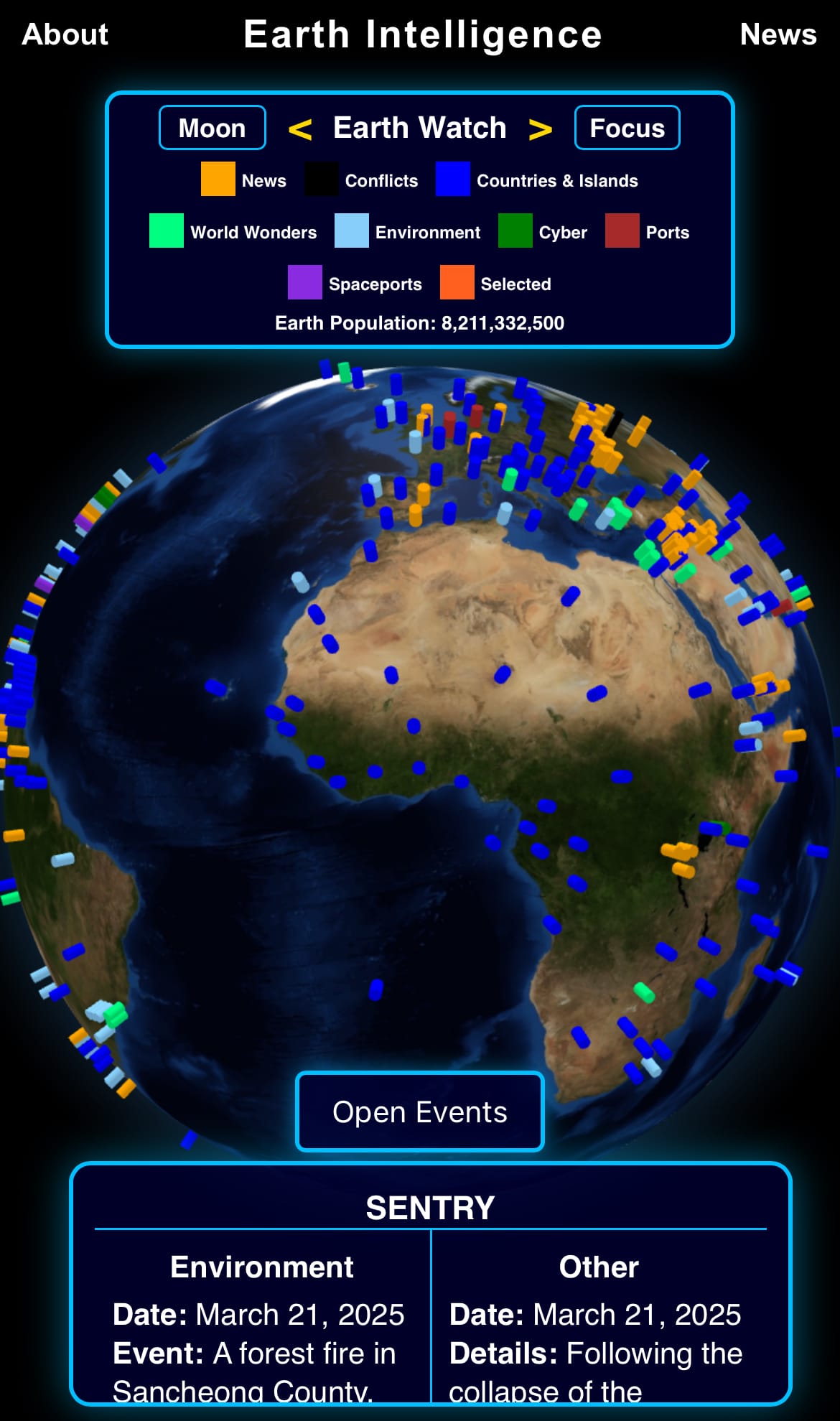
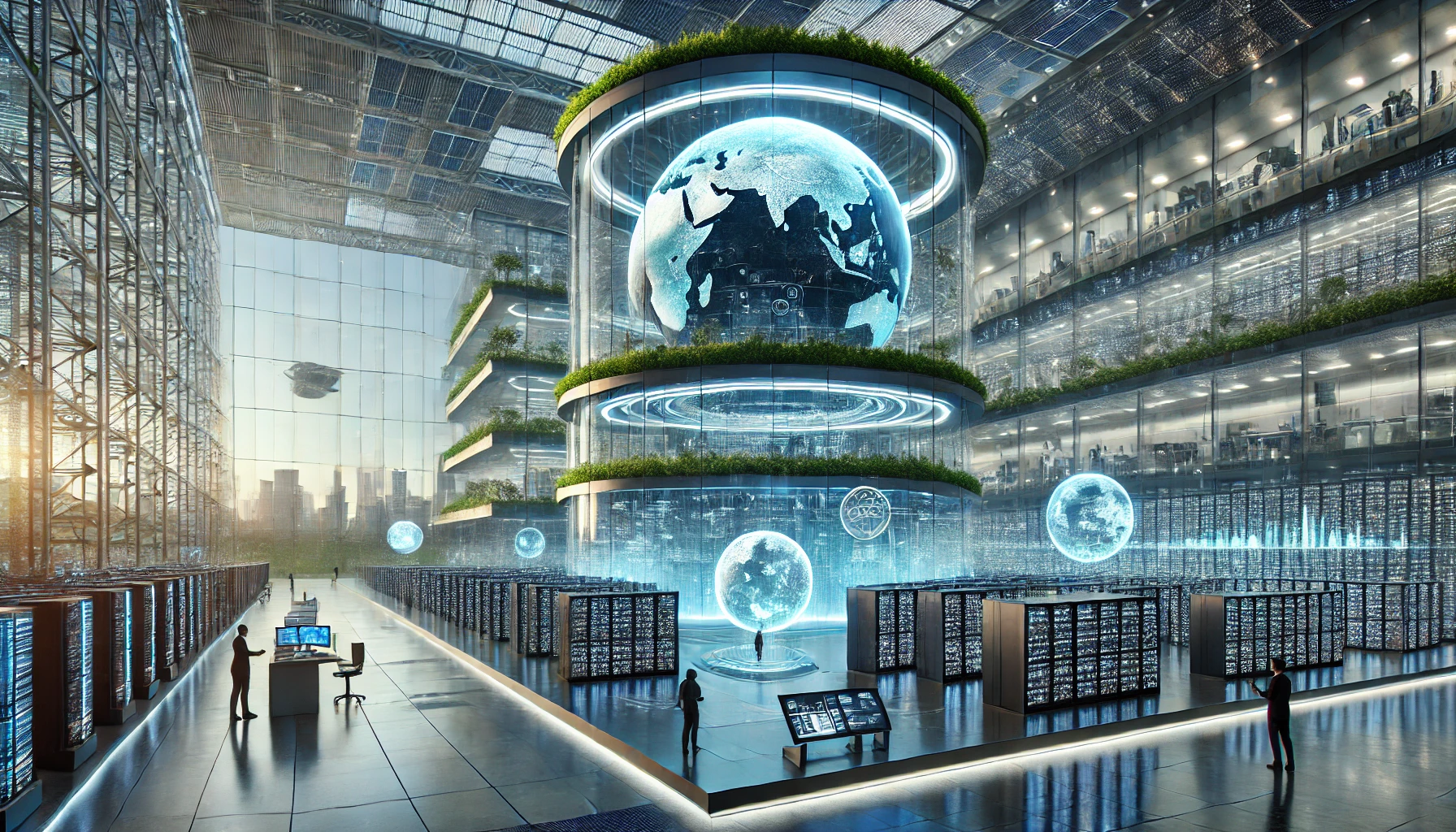

Support/Suggestions Email:
earthintelligence@earthintel.news



